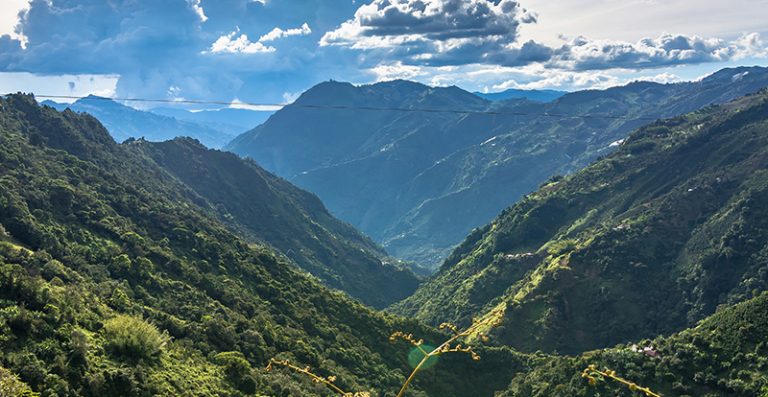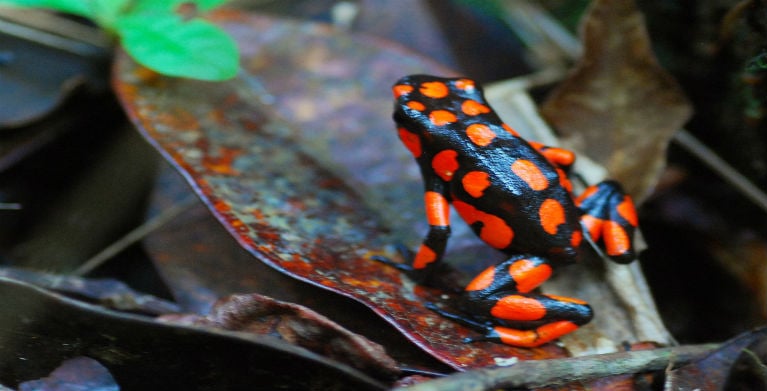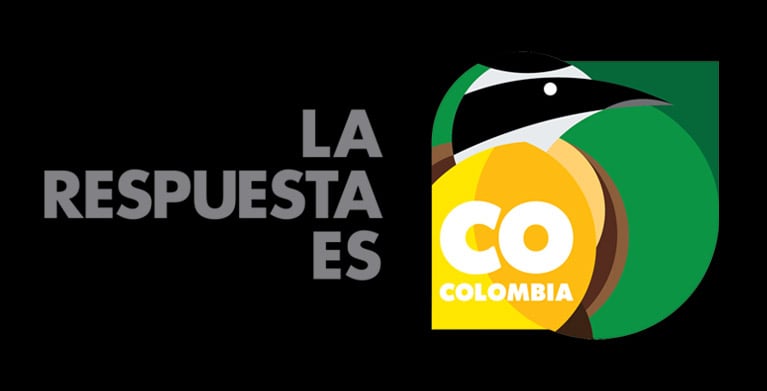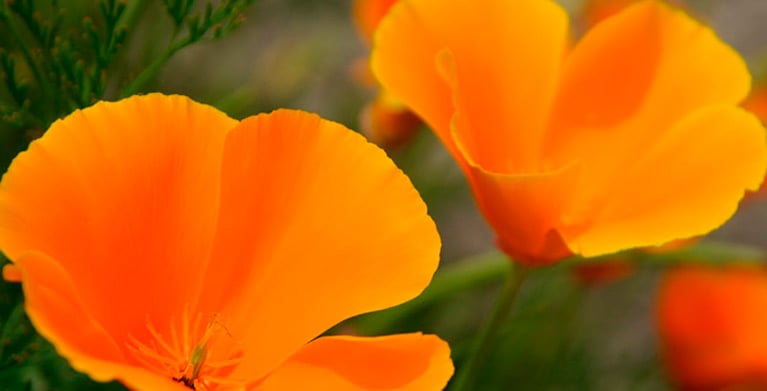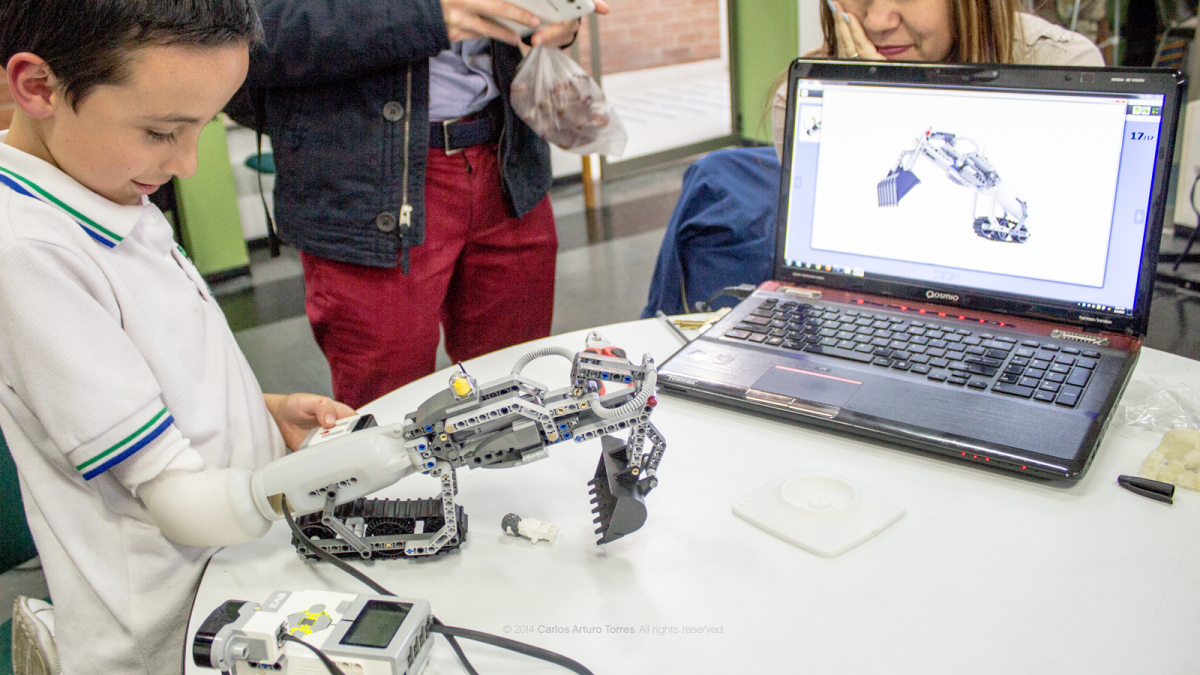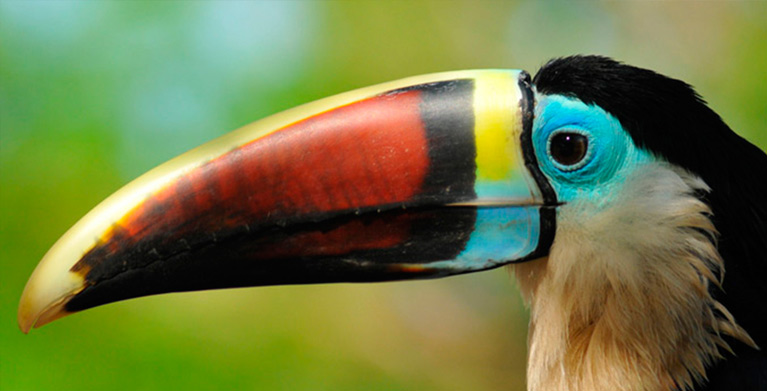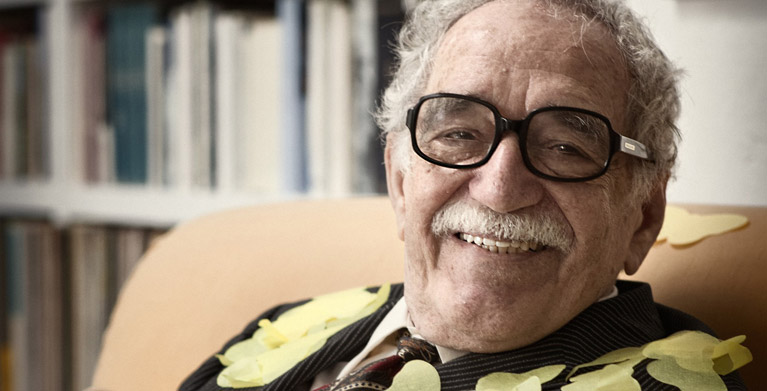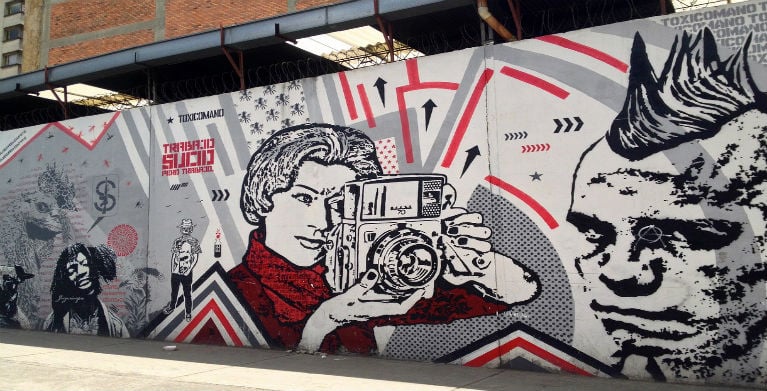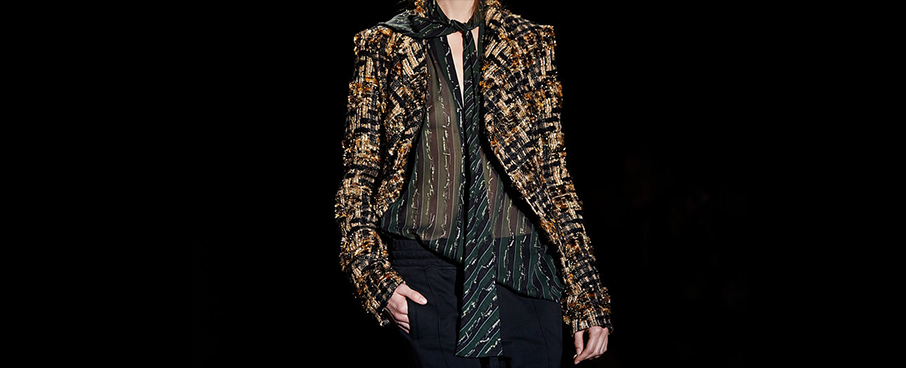Words like conservation, eco friendly and environmental change are no longer foreign to our vocabulary. For many, it is important to keep these in mind and try to live up to them: do what we can do to protect the environment. For others, the current state of environmental degradation is enough to feel troubled about finding ways to help the environment or be eco friendly. How does it feel for you?
On June 5th we celebrate World Environment Day. This date was declared by the United Nations (UN) in 1972 and has been celebrated since 1974. It’s an occasion to bring together communities, organizations and governments from all around the world to advocate for environmental protection.
Aimed to prevent, halt and reverse the deterioration of ecosystems, this decade (2021-2030) is crucial to help restore the ecosystems that sustain life on earth -our own included. Colombia is the second-greatest biodiverse country in the world, and many Colombians are acting on environmental conservation. From community composting initiatives to cycling around the country raising awareness on endangered species. Here are 6 Colombians you can feel inspired by when it comes to environmental protection.
1. Guillermo Silva and the digester bales
Imagine a forest: big, leafy bushes, animals and insects everywhere. An extraordinary ecosystem where you can breathe in the fresh air. This doesn’t mean the absence of waste such as rotten fruit, animal droppings, decomposing wood and even animal remains. The image of all these things going back to the soil was the key for Guillermo’s Silva Perez innovation on organic recycling by compacting waste. The forest, as you may guess, covers up the waste with tree leaves.
For more than three decades now, Silva has been sharing his invention: the digester bales. Although he’s been promoting organic recycling in digester bales since 1989, the process took a sprint and grow significantly when he came in contact with networks of urban gardeners in Medellín and Bogotá around 2015.
Nowadays, people in these cities gather periodically in events at their closest park or urban green spots to take care of their own organic waste. As a result, tons of organic waste is processed locally in a clean and joyful process.
The digester bale is a block where food waste gets covered with tree leaves and garden waste in equal proportion. Using a mold to shape the block, youngsters and adults jump and dance on top, compacting the bale. With this technique, organic waste is isolated from oxygen, and instead of rotting, gets decomposed by all the recycling organisms that live in the soil and naturally enter the block. Working on a size smaller than 500 kg by cubic meter, the digester bale regulates its temperature and does not pollute the place where it lays for around 6 to 8 months before it can be “harvested”.
View this post on Instagram
By keeping it simple and small, this Colombian creation has been spreading in the Americas, from Patagonia to Canada. The contagion effect -explains Silva- comes when people understand that the digester bales can decompose waste with sanity and compose communities with dignity. Among the different processes for composting organic waste, this one is the least work-intensive and the cleanest. As it doesn’t require flipping or any other maintenance, cleaning workers or volunteers are not exposed to pollution.
With the digester bales, action is taken before organic waste gets turns into trash. Hundreds of groups in an equal number of neighborhoods are avoiding sending their waste to local landfills, instead standing in solidarity with those neighborhoods affected by decades of mistreatment of solid waste.
2. Sonia Osorio and Sineambore
View this post on Instagram
Set upon the surroundings of Bogota’s landfill “Doña Juana”, an eco friendly alternative was created among the people who best understand the consequences of waste pollution. Sineambore is the spanish acronym for the organization lead by Sonia Osorio. She was the founder of the initiative that started as a small co-op and has grown to provide services for over 800 families on Ciudad Bolivar, south of Colombia’s capital city: Bogota.
Osorio and other associates, who have been working as waste pickers or “recyclers” as they are called locally, followed their ancestors collecting food scraps to create soil fertilizer. With their knowledge collecting and managing recyclable materials, the association was a step away from fully introducing an alternative to the landfill that has changed more than the landscape they live in. They collect and process organic waste and teach others how to start composting and how to compost at home.
Osorio explains that Sineambore’s effort is mitigating the environmental impact of organic and inorganic waste while supporting those who make a living collecting, sorting, recycling and selling recyclable materials.
Recyclers’ work is invaluable and generates benefits for everyone as it helps to achieve high recycling rates. As the saying goes: Recycling without waste pickers is trash.
3. Paulo Quintero, cycling to protect the Tapir
View this post on Instagram
World Tapir Day is on April the 27th. This mammal, living in the rainforest and paramo ecosystems, is considered a forest gardener. Their charisma and crucial role in the sustainability of the ecosystem as an “umbrella species” have transformed the Tapir into a symbol for environmental conservation.
Paulo Quintero is a conservationist dedicated to raising awareness on the vulnerability of the Tapir, and the need to protect and restore the environment it belongs to. Not surprisingly, the bicycle is Quintero’s preferred tool on his mission. For years, he’s been cycling through Colombia promoting the “Biodiversity road”, a project that reaches communities sharing the sympathy for the Tapir as a gateway door to environmental education.
The bicycle isn’t just his means of transport, it has enough space to move around as a mobile environment classroom. When asked about his efforts cycling towards Tapir protection, Quintero vows to the bicycle as the natural eco friendly ally for the quest. If anything, cycling is among the first answers when you start considering how to reduce your carbon footprint.
For Quintero, education about the Tapir can help to protect other important species – maybe even more popular ones- such as bears and jaguars, hence the umbrella metaphor. But there is also much to do regarding research on the Colombian Tapir’s population. He continues creating opportunities to talk with kids of all ages about how to help the environment. The starting point being whenever they choose and the motto being “Conservation on wheels”.
4. Natalia Acuña and the microalgae for environmental restoration
Natalia Acuña is a part of the research team awarded on Green Latinoamerica Award (2020) on the water category for the project Ficosucre. This Colombian initiative is working for the decontamination of the water ecosystem on San Benito Abad, in the Colombian Caribean, and Acuña received the prize at an online ceremony on behalf of the team. The awarded prize on the water category recognizes innovative processes to restore contaminated water and help building the resource availability for communities.
Ficosucre utilizes microalgae to aid in water decontamination. The microalgae have been successful in cutting organic contamination on the basin of the Grande de Corozal stream to half, and reducing harmful bacteria by 90% on the swamp of Santiago Apóstol.
The Green Latinamerica Award recognized how this initiative applies the UN agenda to the Sustainable Development Goals. Ficosucre won after competing among more than two thousand projects on eco friendly iniciatives, coming from 25 countries. Thanks to a partnership of universities, governmental agencies and private companies with the local community, Ficosucre built the biggest phycoculture plant for cultivating these particular microalgae in Latin America.
5. Santiago Giraldo, creating conservation spaces
After building a gratifying career in tennis, Santiago Giraldo moved his focus from sports to environmental conservation. Linking sports with nature was a way for Giraldo to turn towards a life worth living. Recognizing the privilege of Colombia’s environment, and inspired by childhood memories on the Coffee Cultural Landscape, the Colombia Country Brand ambassador is now creating spaces for environmental conservation.
Giraldo is promoting conservation on four sites on the coffee triangle involving eco-tourism infrastructure. These promising spots take advantage of the proximity to the National Park Los Nevados (or Snow-Capped Mountain National Park) and the Otún river basin. Nueva Gaia, La Castalia, Ayni, and La Providencia will be wonderful places to share experiences on conservation and soil decontamination, and even enjoy activities like bird watching, hikes and other eco friendly plans. There will be also space allowing quietness and reconnection with nature.
For Giraldo, it’s important to allow ourselves to learn how to be more eco friendly. This also implies being aware of the human impact on the environment. A change in our understanding of the environment is connected with the evolutions of words and concepts we use in referring to it. This is why Giraldo speaks about the environment being part of us. Another clue is to stop listening to the narratives announcing that is too late to restore and stop environmental degradation. We can start new and challenging passions at any stage of life. At this stage we will be entering the decade to make things better on the planet we belong to.
6. Julia Miranda Londoño, the work of a lifetime
Julia Miranda Londoño has dedicated her life to environmental conservation. She is the first Colombian to be awarded in the 2021 Frankfurt Conservation Awards. After nearly 17 years leading National Parks, the institution in charge of the Natural Parks and Protected Areas in Colombia, Miranda was recognized with the Lifetime Achievement Award. This is the most important category in the Frankfurt Conservation Awards.
Miranda is a leader who helped coordinate the declaration for eight new protected areas: Orito Ingi Andi, a sanctuary for fauna and flora between the Nariño and Putumayo departments; Florencia Jungle, in the Andean mountain range of Caldas department; Serranía de los Yariguíes at Santander; Uramba Bahía Málaga at the pacific coast in the Valle del Cauca department; Yaigojé Apaporis at the Amazonas region between the Amazonas and Vaupés departments; Volcanic Complex Doña Juana – Cascabel, at the south between Nariño and Cauca departments; Acandí-Playón-Playona, in the Darien Gulf in Choco department; and finally Bahía Portete – Kaurrele, at the Colombian Caribbean in the department of La Guajira.
Such effort has benefitted several of the country’s key ecosystems. Miranda has stated that there is indeed a bright future when we all act on behalf of human’s better nature. She explains that we need to develop a true sense of compassion towards others. Not only human beings or animals and fauna, but also towards the forest and rivers we live with.
There are many talented Colombians that can inspire you to take action on environmental issues. Learn from them how to be more eco friendly.
Related articles:
Six Colombians who are world-renowned for their work in Natural Science

